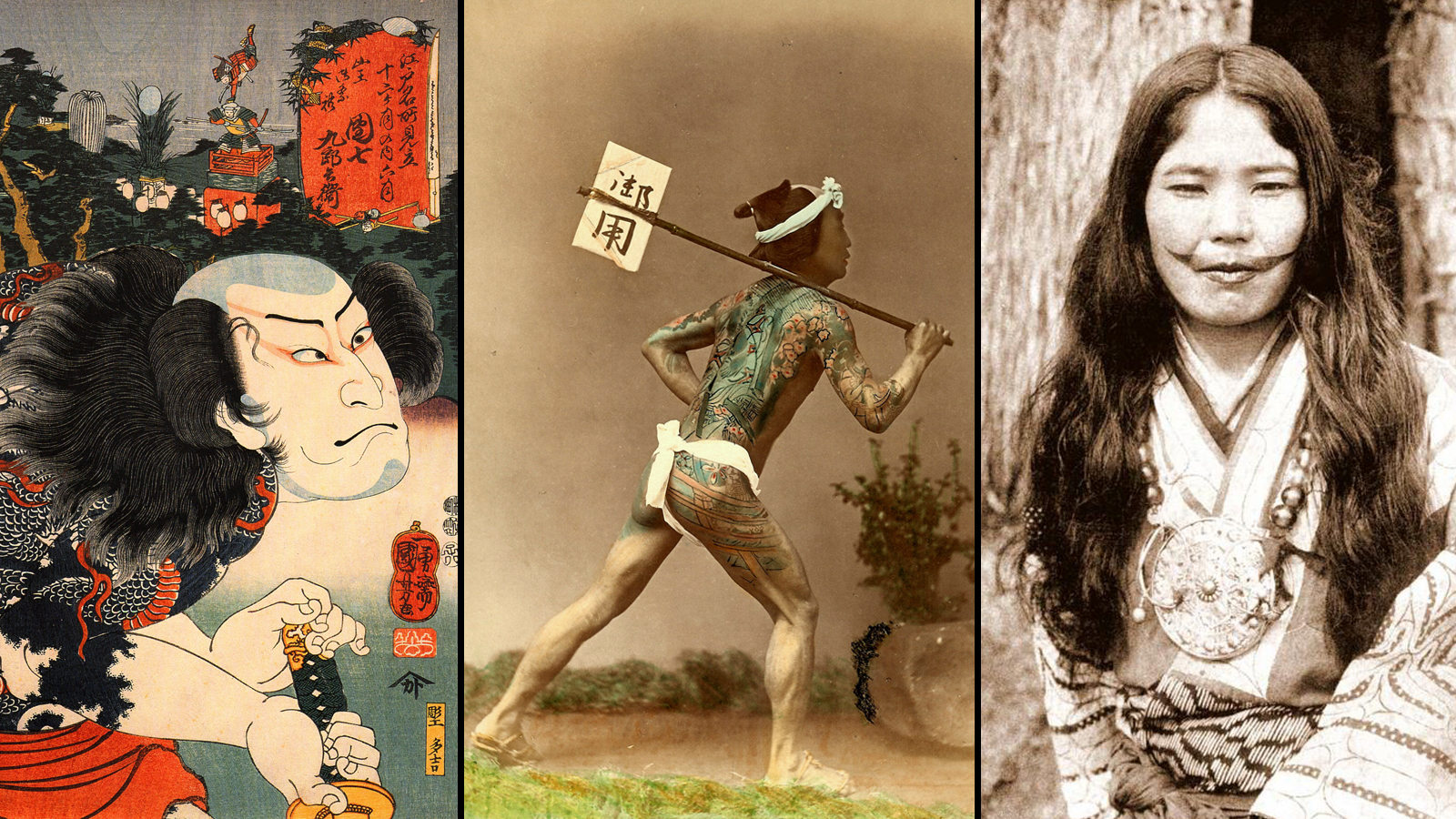Tattooing is the most misunderstood form of art in contemporary Japan. Demonized by centuries of prohibitions and rarely discussed today in civilized circles, people with tattoos are outcasts in their own country — banned from many beaches, pools and public baths. Ask anyone to explain the reason for this vilification and most will blame the yakuza and their penchant for body ink; better-informed citizens may even trace the roots of negative attitudes to the 17th century, when criminals were tattooed as a form of punishment.
However, such explanations for Japan's longstanding animosity toward tattoos are, at best, an oversimplification — and, at worst, downright incorrect. Instead of targeting wrongdoers, Japanese prohibitions against tattoos have historically been aimed at the working classes, women and ethnic minorities, and today the bearer of a full-back tattoo is increasingly likely to be a sensitive salaryman rather than a punch-permed thug.
The history of body modification in Japan is long and vibrant, dating back to the Jomon Period (roughly 10,500 B.C. to 300 B.C.), when clay figurines were molded with marks that modern historians interpret as either tattoos or scarification. Later in the third century, Chinese records noted that all Japanese males bore heavy tattoos on their faces and bodies.



